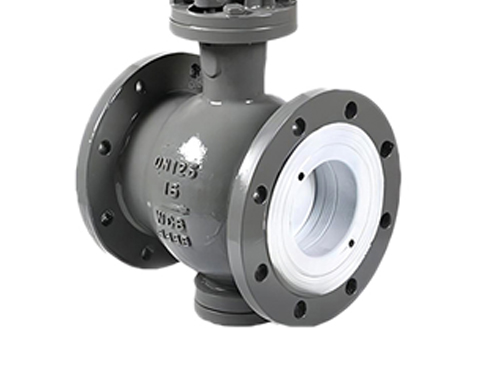Why Choose Lipin's Ceramic Ball Valve?
The ball of Lipin's ceramic ball valve is manufactured using advanced grinding equipment and technology. The ball has high roundness accuracy, good surface quality, and after grinding with the valve seat, it utilizes the self-lubricating properties of structural ceramics to have good sealing performance. It has completely changed the shortcomings of metal hard sealed ball valves, such as easy leakage, high torque, and poor corrosion resistance of sealing surfaces. The valve seat and ball have good wear resistance and long service life, which is 2-4 times that of titanium alloy valves and Monel valves.
-
Performance advance
All parts in contact with the medium are made of structural ceramic materials, which have high chemical stability and hardness, wear resistance, and corrosion resistance.
-
Material diversity
In addition to traditional carbon steel, Inconel and Monel, the ball can be made of ceramic materials such as Alumina, Silicon Nitride, Zirconia, etc., which extends the service life of the valve.
-
Usage extension
Mainly used in industrial fields such as power, petroleum, chemical, especially in harsh working conditions like high wear and tear, strong corrosion, high temperature, and high pressure.
-
Quality Excellence
Adhering to the principle of advanced quality, Lipin reduces and eliminates the possibility of maintenance.
-
Driving mode efficiency
In combination with manual, electric, pneumatic, and hydraulic modes, the ceramic ball valve greatly improves the operational efficiency.
-
Top service team
Our company's one-stop valve solution helps our customers solve many concerns and troubles. Not only that, we also provide a two-year warranty for our products. If you are interested, you can contact us to get a plan.














